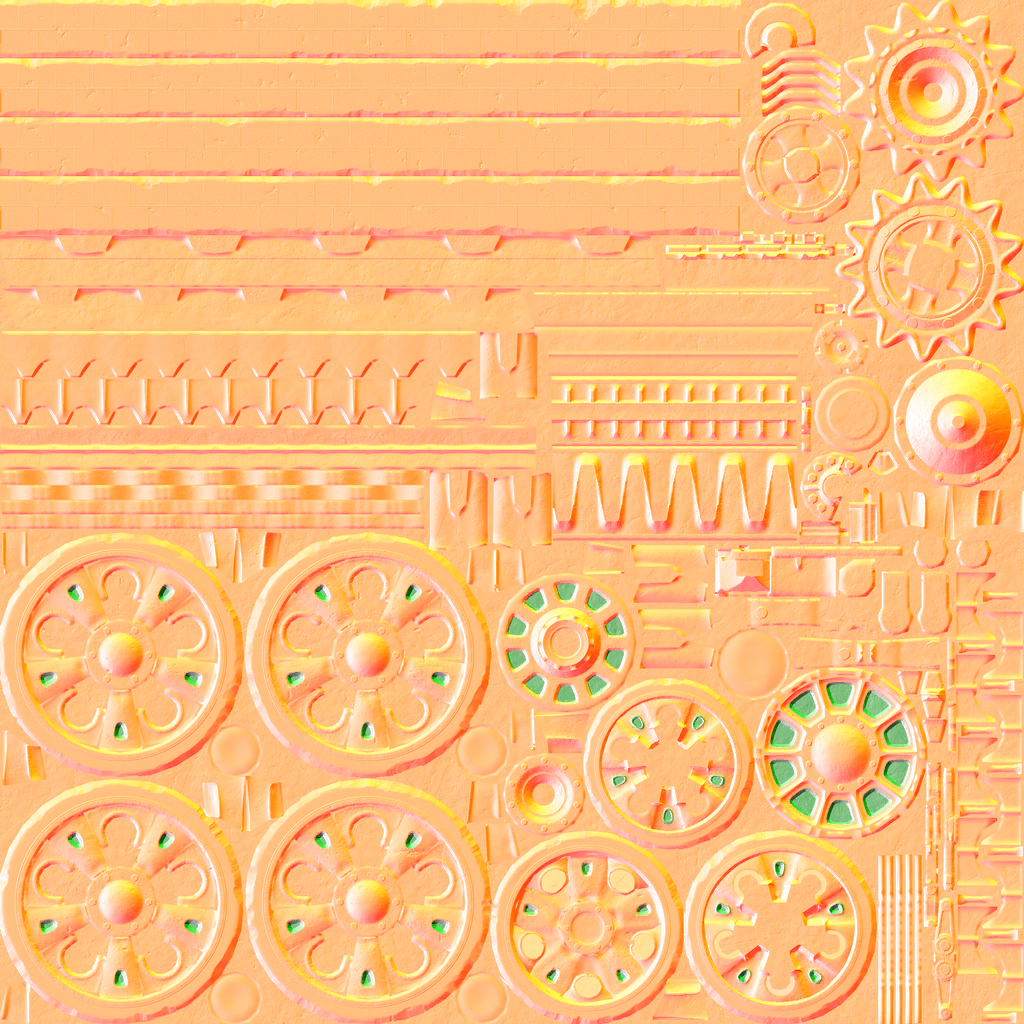

Set Blend Mode to Add (Multiply).īy the way, the black alpha channel is not used this time. Next, drag the texture of the ground onto the Layered Texture Attributes by the middle mouse button. In the Color section of the Layered Texture, specify the lightmap-baked image file. Break the connection between the material node and the texture node temporarily.įrom the left side of the Work area, drag the Layered Texture onto the main working area. If you want to use a material from the Browser (①), you can drag a material onto the Work Area (②) by the middle mouse button.įirstly, we drag a texture from the list onto the Work area by the middle mouse button.

Where you input numerical values to adjust materials. You can check the materials rendered while editing them. It lists materials, textures, cameras, renderings and lights. You can access it by the blue-green circle icon on the top of the screen. Once you finish up to here, let’s render the object. That ends all settings on the Baking tab in the Render Setting window.īy the way, at first, you would often lose where you are when moving between the sections in the window to set the parameters because there are so many sections.Īlthough it’s OK to leave the sections expanded, collapsing them every time you used would help you to keep better visibility. Scroll down further and find the Outputs section.Ĭlick Outputs>Shader Outputs, and check the Illumination box. Set both Width and Height to 1024.Īnd, set Directory, File Name and File Format suitably. Scroll down the Render Setting window to show the ‘Texture Bake Settings’ section. Now you can see the object added to the list in the ‘Target Surfaces’ section.

Select the object to bake and then press ‘Add Selected’. Next, in the Render Setting window, select the Baking tab.Įxpand the ‘Target Surfaces’ section. Most of this dialog's controls are contained in its rollouts.Check the Visualize box (⑤) to show the HDR image in the viewport on Maya. Rendering to texture, or “texture baking,” is controlled by this dialog. Using the Target Map Slot assignments, you can specify in detail which maps will be rendered to which slots of the existing material. You set these in the Output rollout of the Render To Texture dialog. When you bake textures (render to texture), you have more control for how the baked texture displays in shaded viewports. Which elements render correctly depend on the renderer you are using. If the object has a Composite or Blend material applied to it, only certain elements render correctly. Limitations of Composite and Blend Materials.These are the texture elements that you can bake.įor best results, with Render To Texture use an exposure control that is not view dependent. The textures are then “baked” into the object: That is, they become part of the object via mapping, and can be used to display the textured object rapidly on Direct3D devices such as graphics display cards or game engines. Rendering to texture, or "texture baking,” allows you to create texture maps based on an object's appearance in the rendered scene. To Bake the Texture of Multiple Objects.


 0 kommentar(er)
0 kommentar(er)
